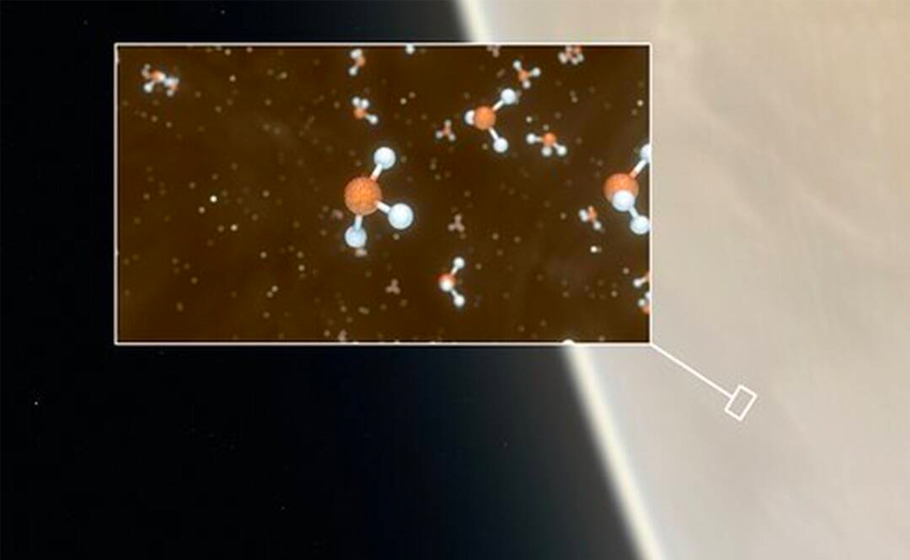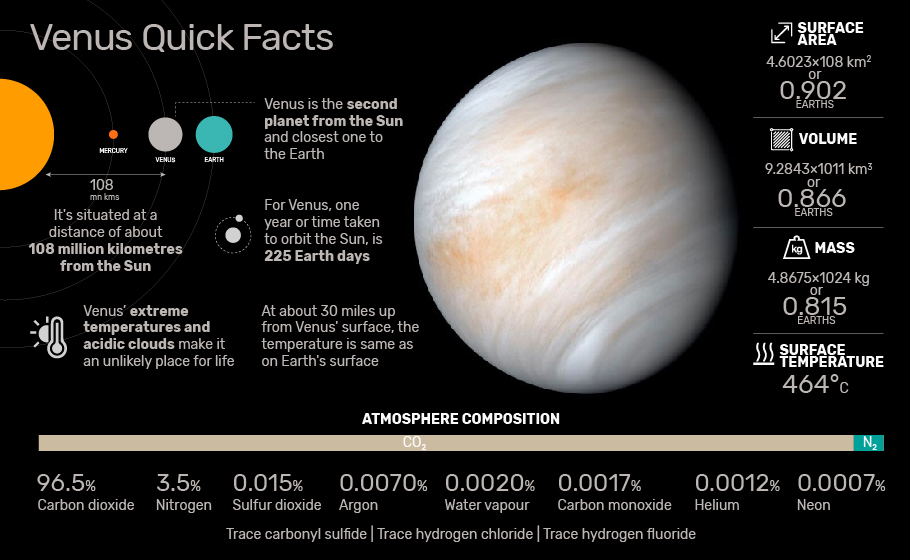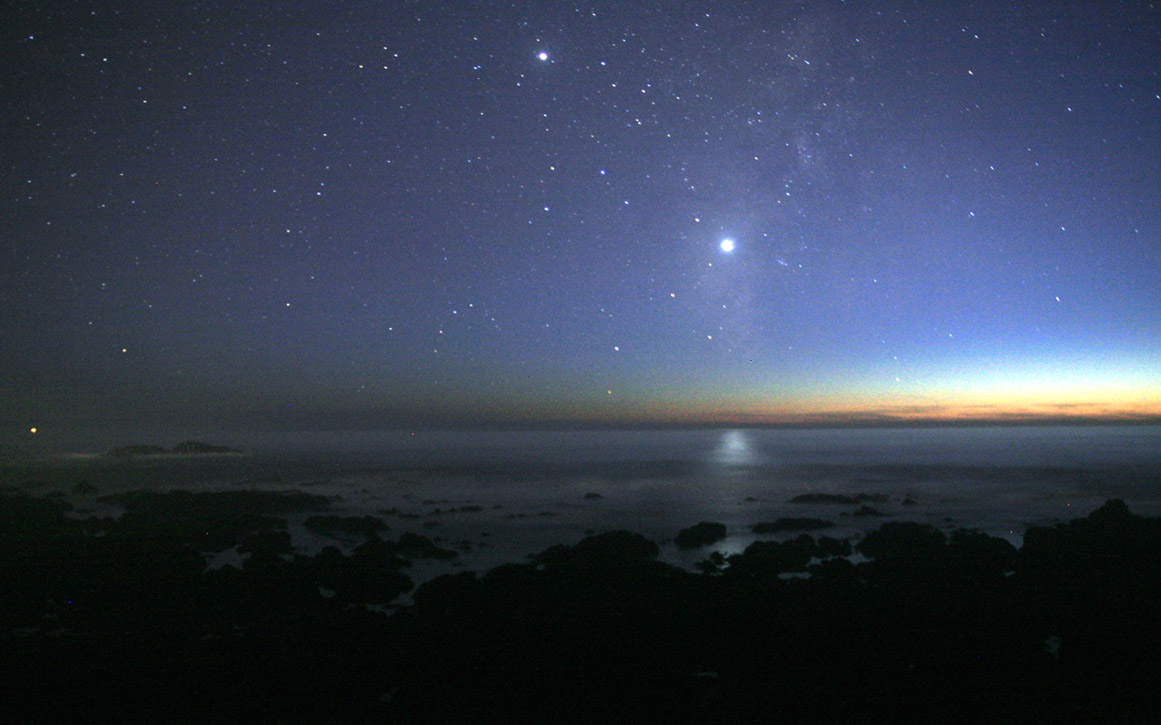
- Home
- News
- Analysis
- States
- Perspective
- Videos
- Education
- Entertainment
- Elections
- World Cup 2023
- Features
- Health
- Budget 2024-25
- Business
- Series
- NEET TANGLE
- Economy Series
- Earth Day
- Kashmir’s Frozen Turbulence
- India@75
- The legend of Ramjanmabhoomi
- Liberalisation@30
- How to tame a dragon
- Celebrating biodiversity
- Farm Matters
- 50 days of solitude
- Bringing Migrants Home
- Budget 2020
- Jharkhand Votes
- The Federal Investigates
- The Federal Impact
- Vanishing Sand
- Gandhi @ 150
- Andhra Today
- Field report
- Operation Gulmarg
- Pandemic @1 Mn in India
- The Federal Year-End
- The Zero Year
- Premium
- Science
- Brand studio
- Home
- NewsNews
- Analysis
- StatesStates
- PerspectivePerspective
- VideosVideos
- Entertainment
- ElectionsElections
- Sports
- Loading...
Sports - Features
- Budget 2024-25
- BusinessBusiness
- Premium
- Loading...
Premium

Phosphine fingerprints on Venus sparks debate on alien life
On September 14, 2020, an international team of astronomers and astrobiologists reported that they detected traces of a rare chemical — Phosphine — in the upper clouds of Venus atmosphere.

On September 14, 2020, an international team of astronomers and astrobiologists reported that they detected traces of a rare chemical — Phosphine — in the upper clouds of Venus atmosphere. Phosphine is a potential biosignature, and the possibility that the chemical is the outcome of some form of microbial activity is rife. The surprising discovery created an instant buzz in the...
On September 14, 2020, an international team of astronomers and astrobiologists reported that they detected traces of a rare chemical — Phosphine — in the upper clouds of Venus atmosphere. Phosphine is a potential biosignature, and the possibility that the chemical is the outcome of some form of microbial activity is rife.
The surprising discovery created an instant buzz in the astronomical fraternity as the research arrived at their conclusions after ruling out all known natural occurrence of Phosphine. The study published in journals Nature Astronomy and Astrobiology, detected appreciable amounts of Phosphine of around 20ppb (parts per billion) — levels that are much higher than those on earth.
The researchers used electromagnetic spectrometry and the best high sensitivity telescopes available at the James Clerk Maxwell Telescope (JCMT), Hawaii and the Atacama Large Millimetre/Submillimetre Array (ALMA) in Chile to peer into the Venusian clouds and arrived at their results.
The overlooked planet
The discovery comes as big surprise as Venus, though touted to be Earth’s structural twin, has a hostile environment and so was not a contender for planetary explorations. An atmosphere of carbon dioxide and sulphuric acid-laden thick clouds blanket the planet diminishing the possibility of life to survive. Moreover, the inhospitable environ is aided by crushing pressures exerted by the dense atmosphere and sizzling surface temperatures (of around 470 deg C) resulting out of greenhouse effects.
Owing to these conditions, the possibility of finding extra-terrestrial life was hitherto only left for speculation. However, some astronomers believe that Venus was unlike what it is today, and millions of years ago could have had water and atmosphere that supported life.
Planetary scientists like Carl Sagan argued that if not the surface, the upper layers of the atmosphere were more hospitable for life. Now, with phosphine molecules found floating in the clouds at altitudes of 50–80 km — the region where cooler temperatures prevail — Venus may unfold its hidden mysteries.
What is Phosphine, and how is it significant to life?
Phosphorous is a key biological mineral found in bones, teeth, DNA and RNA. Also, the energy bank of cells — adenosine triphosphate or ATP molecule — is a reserve of oxidised phosphorus.
Phosphine (PH3), on the other hand, is a hydrous form of phosphorous, which is a toxic and highly reactive gas that does not readily mix with water. Structurally, phosphine has one atom of phosphorous attached to three hydrogen atoms by weak hydrogen bonds.


Presence of phosphine has been observed around stars, interstellar ice, meteorites, and atmospheres of Jupiter and Saturn. Existing literature shows that when scientists simulated space conditions and experimented with the early days of life on earth, they found phosphine played a key role.
In their experiments, they combined phosphine, carbon dioxide, oxygen and water in the presence of high energetic particles (similar to what happens in space). Their experiments yielded phosphates identical to those found in biomolecules, establishing phosphine as a potential biosignature.
On earth, natural phosphine is very rare. Most of the phosphine on earth is found in oxygen-starved environments where colonies of anaerobic bacteria thrive (these bacteria can survive without oxygen) — like the gut of animals, swamps and sewers.
Phosphine is a by-product of bacterial metabolism. However, the exact mechanism of how they produce the gas is still unknown, but, the process plays a crucial role in the phosphorous cycle.
In the present study, the researchers analysed electromagnetic spectral data. They ruled out all known non-biological pathways that could produce Phosphine as Venus has very little hydrogen.
Moreover, the dense atmosphere blocks the necessary intense radiation required to catalyse the reaction. Also, the researchers detail that even if somehow Phosphine was created, it would quickly react with the carbon dioxide in the atmosphere, making it undetectable.
What surprised the scientists the most was that the tell-tale signs of phosphine on Venus were at least a thousand times more than that on earth. At this juncture, the only plausible explanation could be that some form of microbial activity could be replenishing the chemical. Hence, researchers deduced that some form of a resilient cloud-borne biosphere could be existing around Venus.
Is it exotic chemistry?
While the team argues on the possibilities, they also express that further rigorous research is required to substantiate their find as several factors are still shrouded in mystery. For example, though the detected phosphine is thought to originate from biological processes, the exact biochemical pathway is yet to be ascertained. Or, that an unknown chemical mechanism and not life forms could be generating the phosphine. They point that a future mission to Venus may provide further detailed inputs to backup their detection.

Although the striking findings are exciting and intriguing, the study has sparked intense controversy. Some researchers are questioning the validity of the study data, debating that it could be a false positive signal.
They argue that spectrally, sulphur dioxide could yield a similar signal. Given that sulphur dioxide is abundant in Venus’ atmosphere, they question if it was misinterpreted as phosphine.
Some others express that as Venus is geologically active and openings on the planet’s surface could be spewing the gas from below. Yet others opine that the biochemistry is viewed from an earth-like perspective which could be far from what could be happening on the planet.
Meanwhile, the observed data is under rigorous scrutiny once again to rule out factors that may have been overlooked. Further detailed observations which can snap closer pictures of the region or future space missions that can collect the samples will corroborate the discovery.
All eyes on Venus
Coincidentally, another European-Japanese spacecraft called BepiColombo made a slingshot manoeuvre around Venus. On its way to Mercury, the probe cruised past Venus on October 14, clicking several hundred thousand pictures of the planet from as close as 10,000 km.
The spacecraft will take another gravity assist in November, this time flying a close 500 km from Venusian clouds and will be capturing plenty of data on the planet. Whether the images capture phosphine or not, space probe’s engineers are hopeful that it could glean further information if a biosphere exists around Venus or, pick up other biosignatures, if any.
While the debate of alien life on our next-door planetary neighbour continues, this discovery has brought back the focus on Venus, prompting future space missions to it once again.

